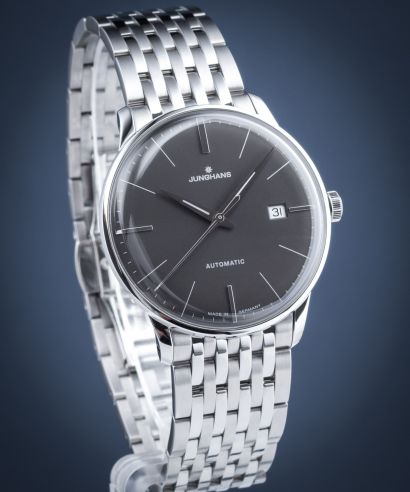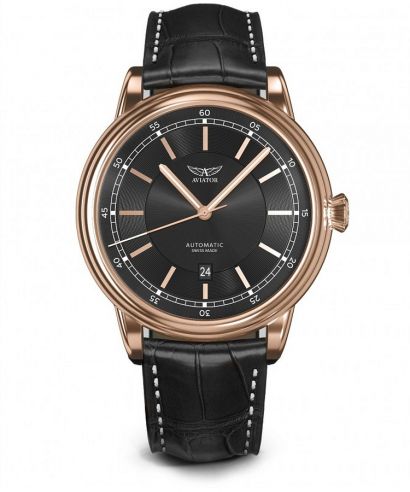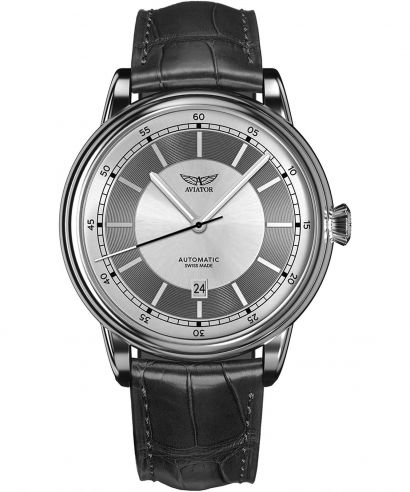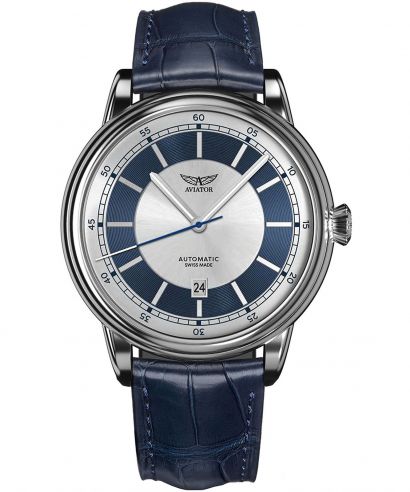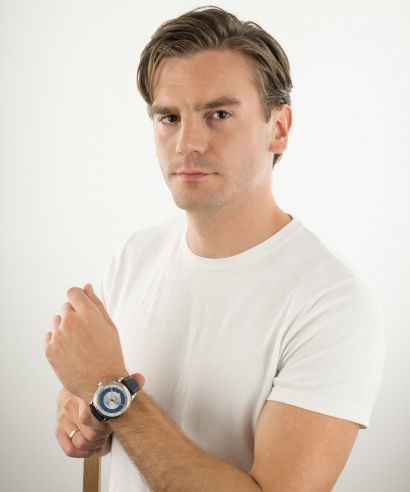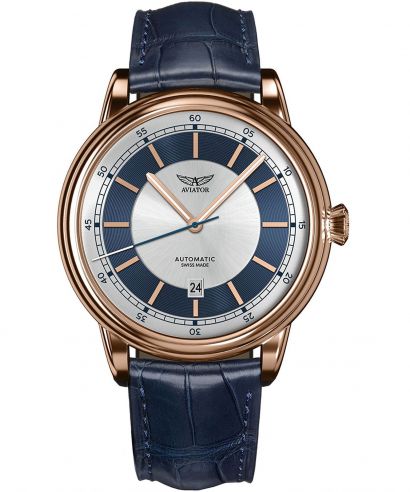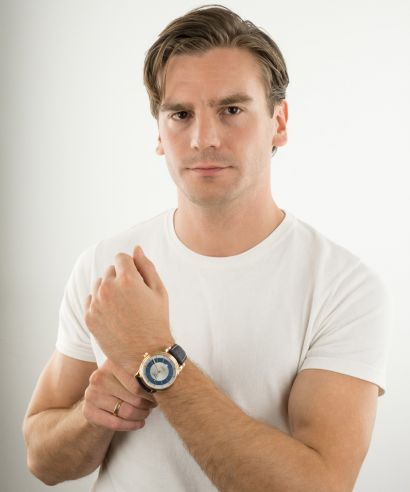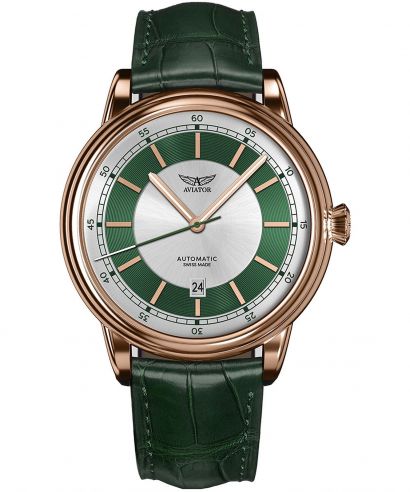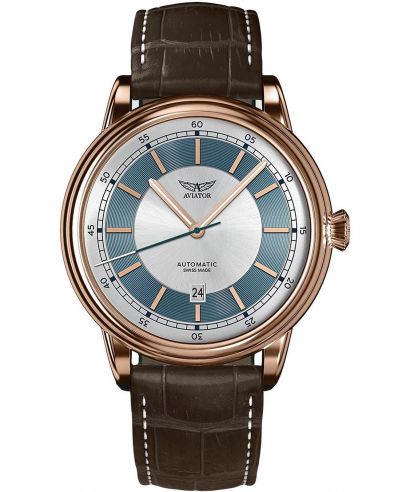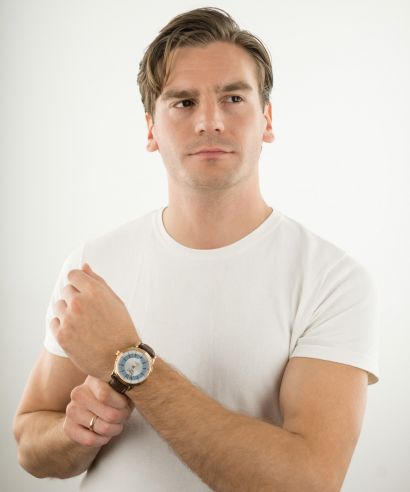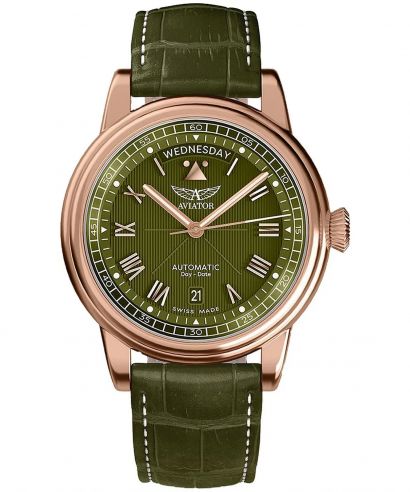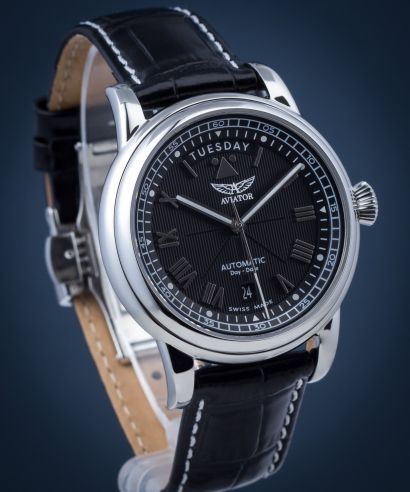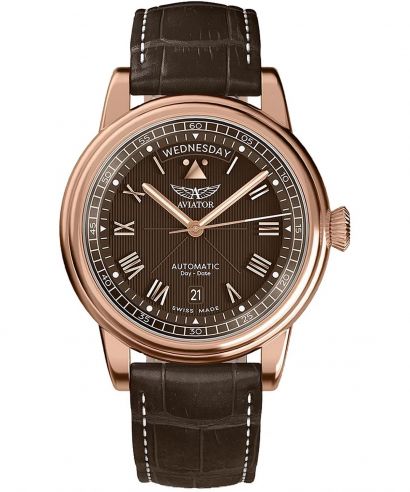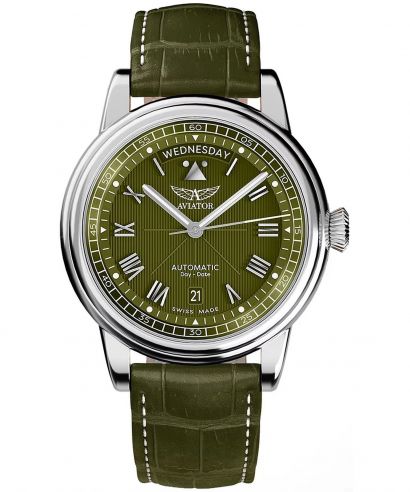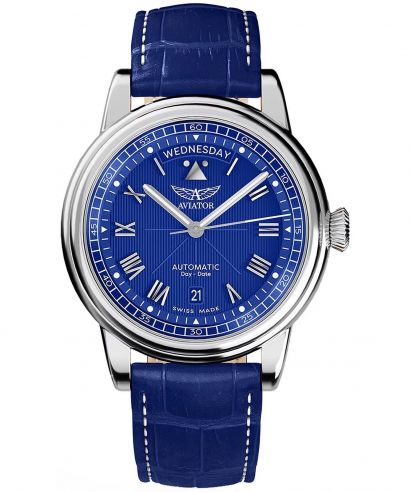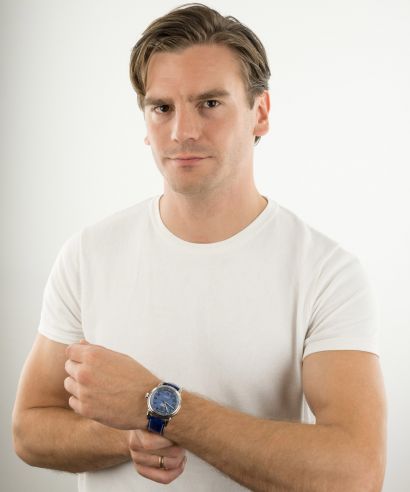
What to do if your watch is magnetised?

Guides
What to do if your watch is magnetised?

Mechanical watches can sometimes get magnetised, which happens when they come into contact with a magnetic field. This can mess up their normal operation. The steel parts of the watch are particularly vulnerable to the negative impact of the magnetic field, and when they become magnetised, it can seriously affect the timekeeping accuracy. So, what should you do if your watch is magnetised?
How do you know if a watch has magnetised?
When a watch is magnetised, it either stops working completely or runs very inaccurately. However, there is a simple homemade method that watchmakers often use to determine if a watch is magnetised. They use a simple compass for this procedure. By bringing the magnetised watch close to a stable compass, you will notice a noticeable deflection of the compass needle.

How to demagnetise a watch?
Fortunately, resolving the issue of a magnetised watch doesn't require removing the movement from its case. It's a relatively simple procedure, but it does require a visit to a watchmaker. If you're experiencing problems with a magnetised watch, I highly recommend visiting a professional watchmaker. Nowadays, the hairsprings of watches are typically made of Nivarox — a metal alloy that is susceptible to magnetic fields. A magnet attracts the hairspring, but it's important to note that the metal itself doesn’t permanently magnetise. Once the magnet is removed, the hairspring resumes its normal operation without any interference.
Magnetised components interfere with the correct operation of the watch
When a mechanical watch is exposed to a strong magnetic field, it can cause some parts like the hairspring, escapement wheel or steel components to become magnetised. This magnetic effect disrupts the normal functioning of the hairspring, as these magnetised parts start attracting it. Consequently, the escapement may also be affected, leading to incorrect operation. These magnetic influences can cause the watch to either run too fast, run late, or even stop functioning altogether.

Ground-breaking elimination of steel susceptible to magnetic fields from construction of the watch movement
A significant milestone in the history of watches and their susceptibility to magnetic fields is the year 1896. During this time, a metal alloy known as Invar was introduced, specifically for the production of balance hairsprings. Invar, a nickel-based alloy, exhibited reduced sensitivity to magnetic fields compared to traditional steel springs. Building upon this advancement, in 1920, the alloy was further enhanced and refined, resulting in a superior variant known as Elinvar. The utilisation of Elinvar allowed watchmakers to create the balance wheel using brass, which eliminated the need for magnetic-sensitive steel components in these crucial parts. This breakthrough not only addressed the issue of magnetic interference but also resolved the problem of accuracy fluctuations due to changes in temperature.

Silicon for the production of antimagnetic watches
Currently, there are several common factors that can cause magnetisation in watches, including the influence of induction cookers, loudspeakers and neodymium magnets. Another unexpected source of magnetisation can occur during aeroplane flights when a watch stored in luggage comes into proximity with the magnetic field generated by aircraft engines. A significant breakthrough in the production of antimagnetic watches involves the widespread adoption of silicon for crucial components like the hairspring and escapement wheel. Silicon is classified as a semimetal in the periodic table of elements and possesses the unique property of being non-magnetic. For instance, the Tissot Ballade Powermatic 80 COSC Gent is a great example of a watch incorporating a silicon balance hairspring. Additionally, the Certina DS-2 Powermatic 80 features a Nivachron™ hairspring, which is also designed to be highly resistant to the effects of magnetic fields.


